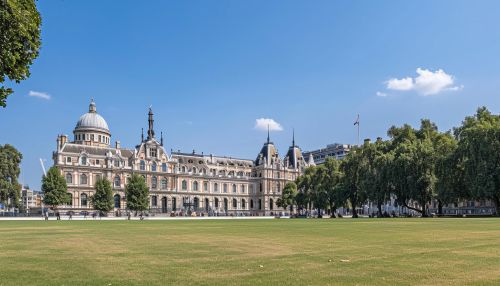Parliamentary constitutional republic
Overview
A parliamentary constitutional republic is a type of republic that operates under a parliamentary system where the executive derives its democratic legitimacy from, and is held accountable to, the parliament; the executive and legislative branches are thus interconnected. In a parliamentary constitutional republic, the head of state is typically a president, while the head of government is usually a prime minister.


Historical Context
The concept of a parliamentary constitutional republic has its roots in the Enlightenment period, which championed the ideas of limited government, checks and balances, and individual rights. The first parliamentary constitutional republic was established in France following the French Revolution in 1791. Since then, this form of government has been adopted by numerous countries around the world, including Germany, Italy, India, and South Africa, among others.
Structure and Functioning
In a parliamentary constitutional republic, the head of state and the head of government have distinct roles. The president, as the head of state, primarily serves a ceremonial role and symbolizes the unity of the country. The prime minister, as the head of government, is responsible for running the country's day-to-day affairs and implementing policy decisions.
The parliament, typically bicameral, is the supreme legislative body. It is composed of elected representatives who make laws and oversee the government's performance. The executive branch is responsible for implementing laws and administering the government. The judiciary interprets laws and ensures their constitutionality.
Advantages and Disadvantages
A parliamentary constitutional republic offers several advantages. It provides a clear separation of powers, ensuring that no single entity has absolute control. It also encourages political stability, as the government is accountable to the parliament, which represents the will of the people.
However, this system also has potential drawbacks. The head of state's largely ceremonial role can lead to a lack of clear leadership. Additionally, the system's complexity can result in inefficiencies and bureaucratic red tape.
Examples of Parliamentary Constitutional Republics
Several countries operate as parliamentary constitutional republics. For instance, India is the world's largest parliamentary constitutional republic, with a president as the head of state and a prime minister as the head of government. Other examples include Germany, where the Bundestag (Federal Diet) and the Bundesrat (Federal Council) form the legislative branch, and Italy, where the President is the head of state and the Prime Minister is the head of government.
